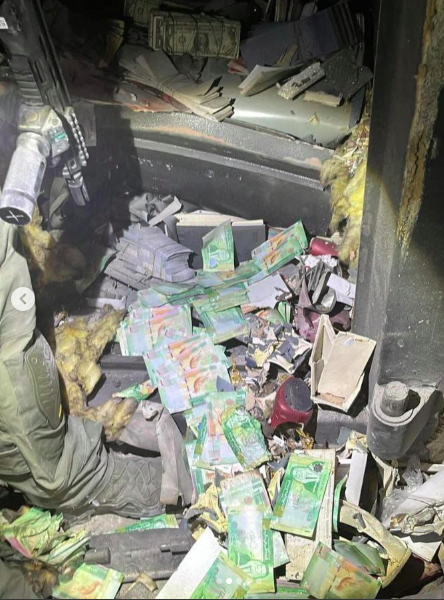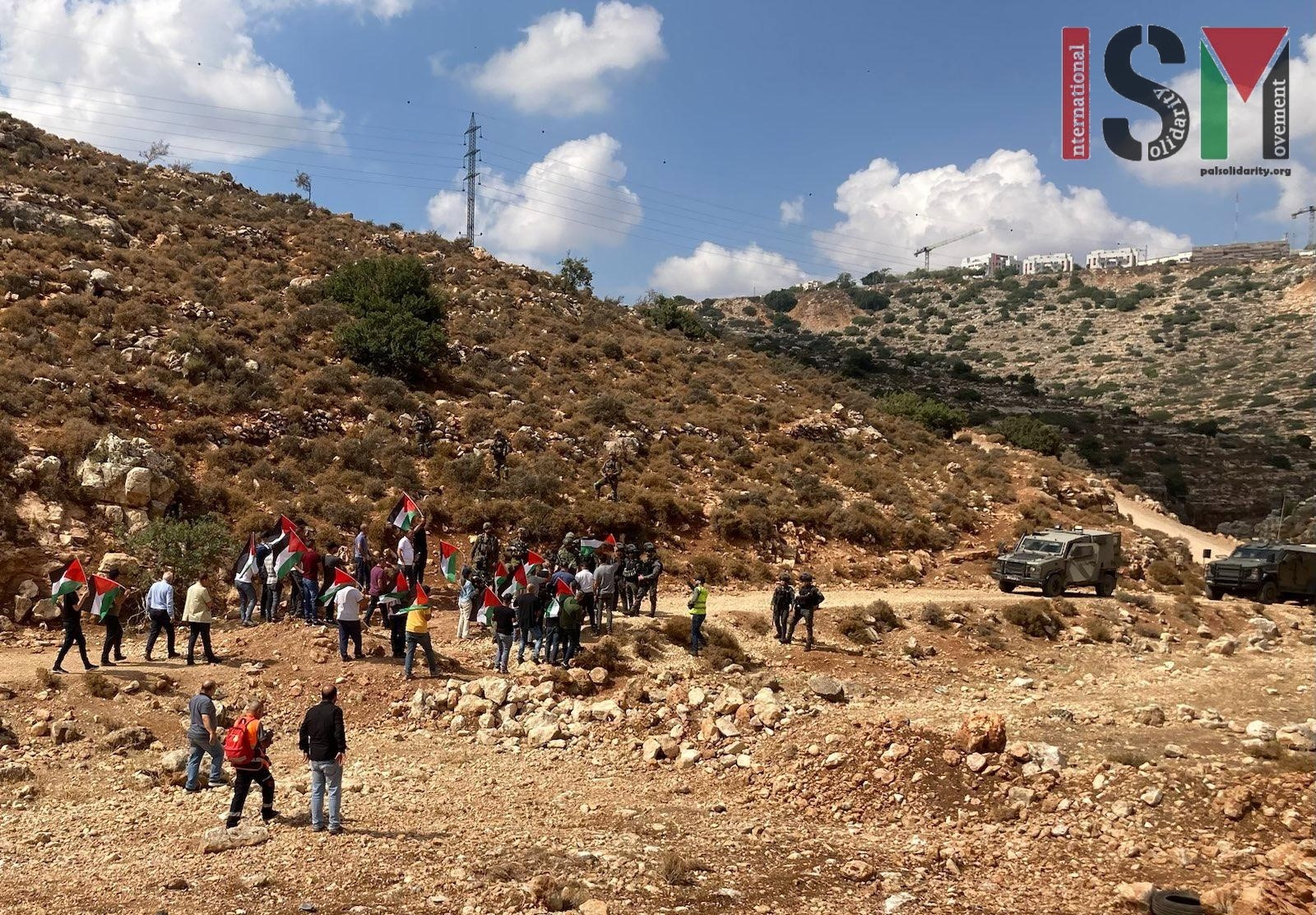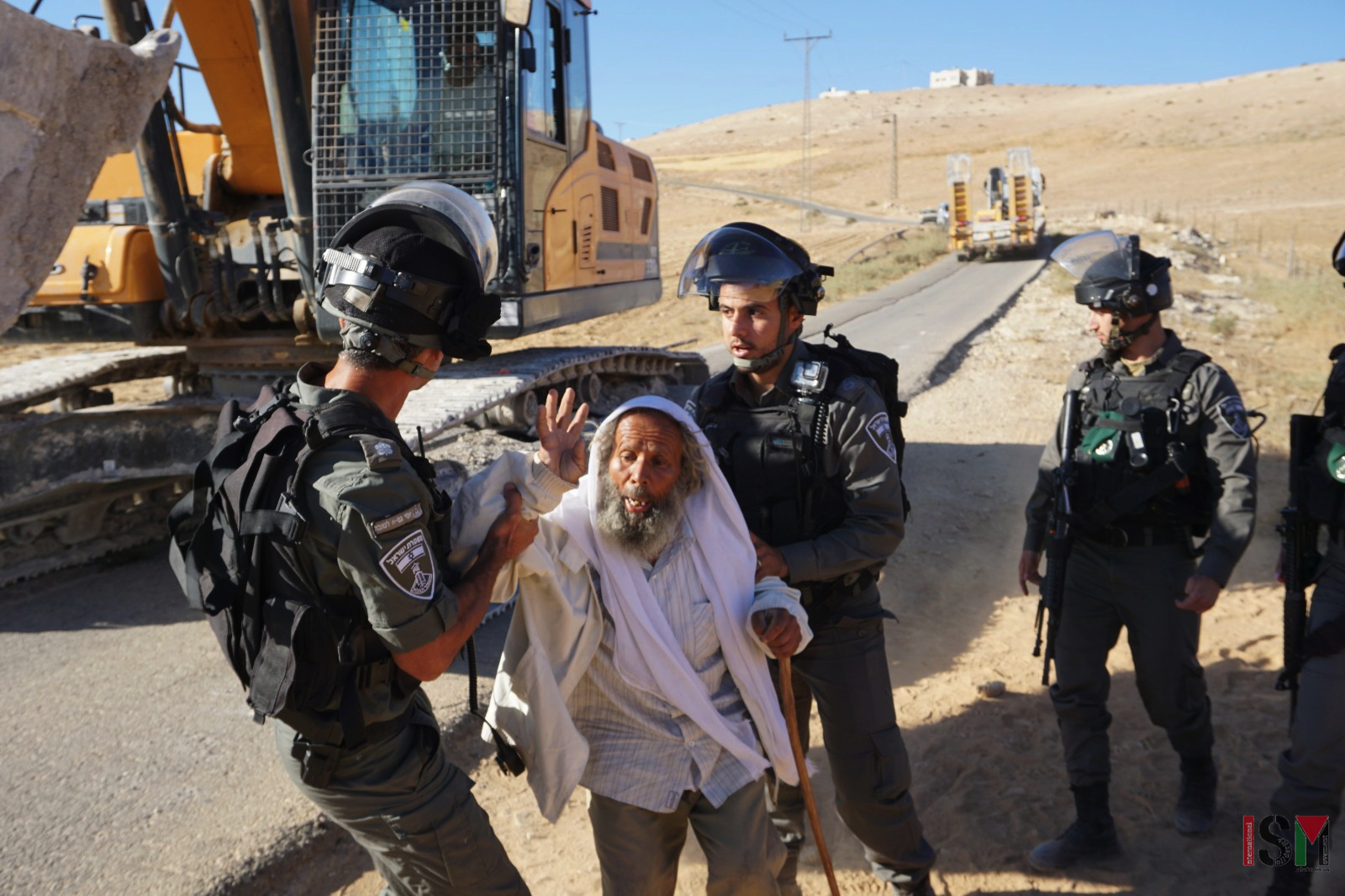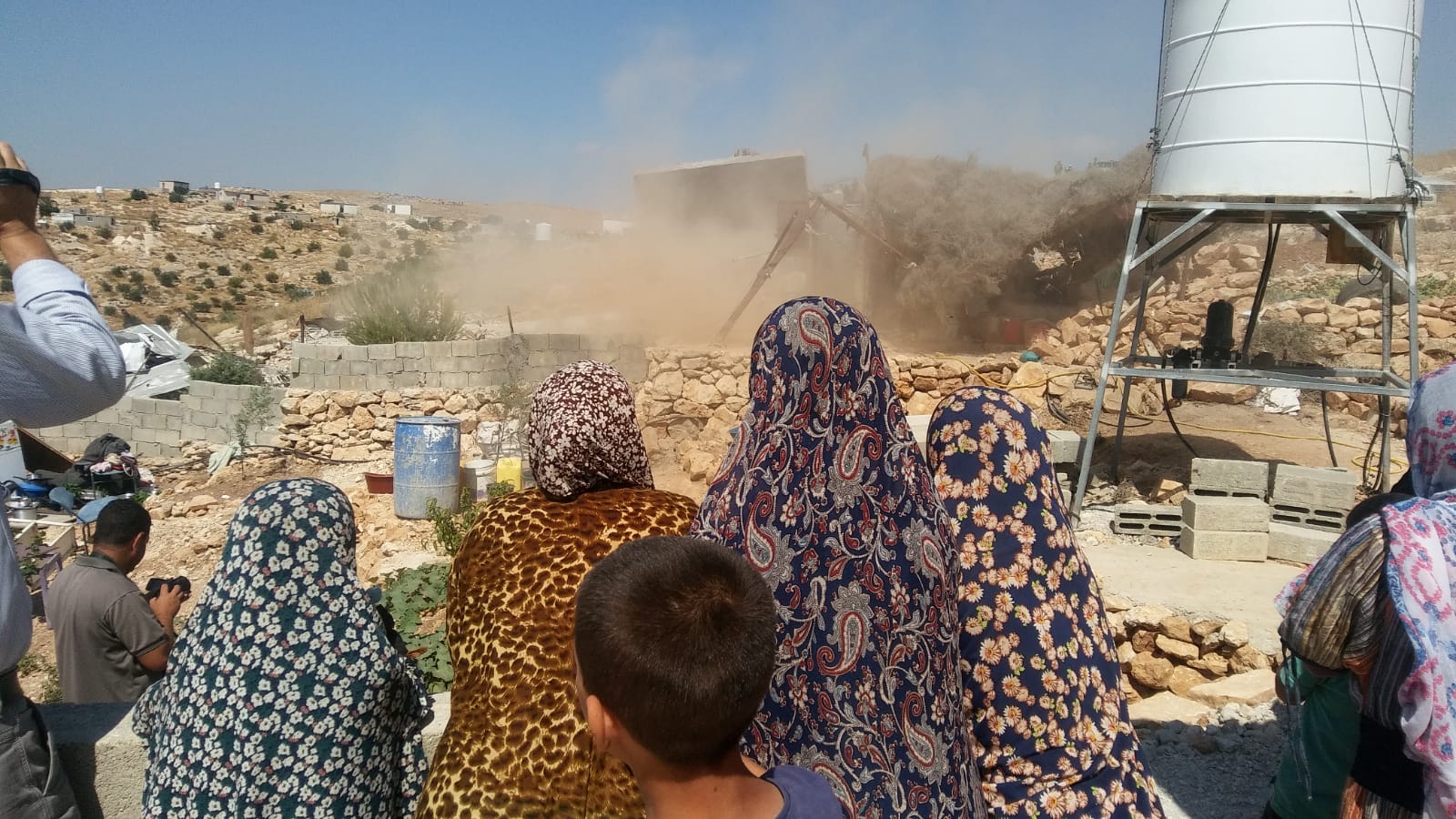Tag: Video
-

Unprecedented Coordinated IOF Attacks in West Bank
Early this morning, between 1:00 am and 6:00 am, Israeli Occupation Forces invaded several cities across the West Bank. Of the 11 Palestinian governorates in the West Bank, 7 were invaded in a coordinated attack. Clashes were documented in Jenin, Hebron, Qalqilya, and Ramallah, with reports of invasions in Tulkarem, Nablus, and Jericho. Invasion forces…
-

Weekly demonstration in Der Istya – 6th October
On Fridays 6th, people in Deir Istya protested against a new outpost that was built three months ago close to the village. After the prayer almost 70 protesters, among them members of the local Popular Resistance Committee, residents from the surrounding villages, ISM internationals and Israeli activists went down from the hill and, waving their…
-

Israeli settlers attack Palestinians and harass internationals, IOF arrest observers
August 11 | International Solidarity Movement | Hebron, occupied Palestine Yesterday in Tel Rumeida, the afternoon before Eid, settlers attacked an elderly Palestinian couple as they walked home. International activists in the area attempted to document the abuse. The soldiers were not protecting the Palestinians. They were allowing the actions of the violent settlers. …
-
Livelihoods destroyed in two days of demolitions in South Hebron Hills
July 4 | International Solidarity Movement | South Hebron Hills, occupied Palestine The South Hebron Hills have faced two consecutive days of demolitions starting early yesterday morning, with bulldozers destroying water wells and uprooting over 500 trees in two villages. An elderly Palestinian activist from Um al-Khair was also hospitalised yesterday after being violently…
-
Villagers live in fear and uncertainty as four more homes demolished in South Hebron Hills
June 18, 2019 | International Solidarity Movement | South Hebron Hills, occupied Palestine Occupation forces went on a demolition spree yesterday in the South Hebron Hills, bulldozing the homes of four families in two villages. A convoy of border police, Israeli Civil Administration officials, soldiers and two JCB bulldozers arrived in the village of Khalet…


